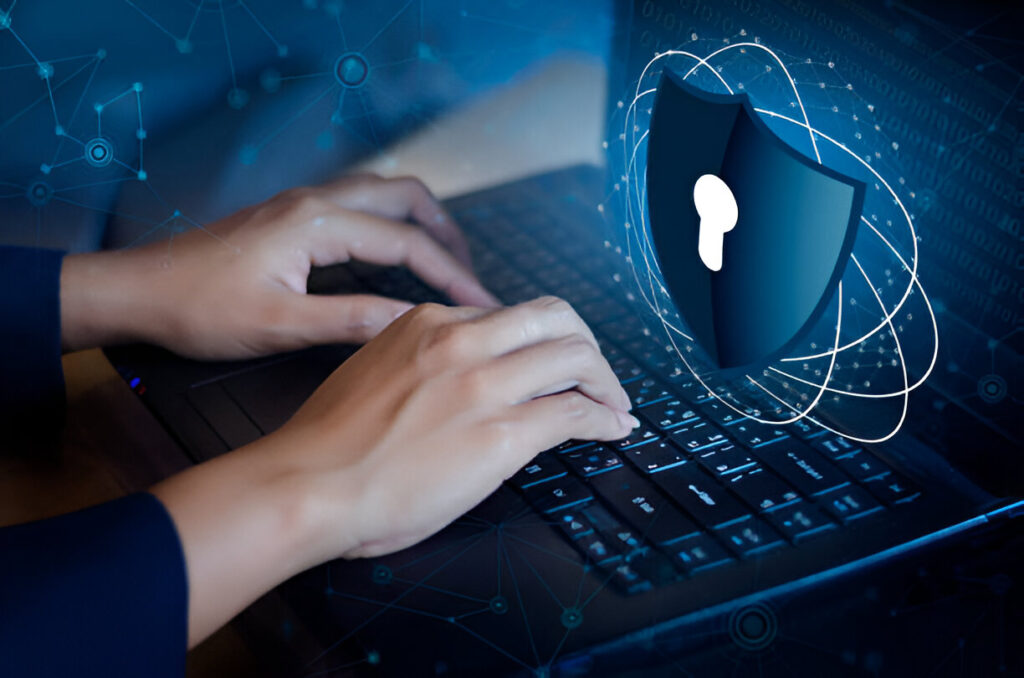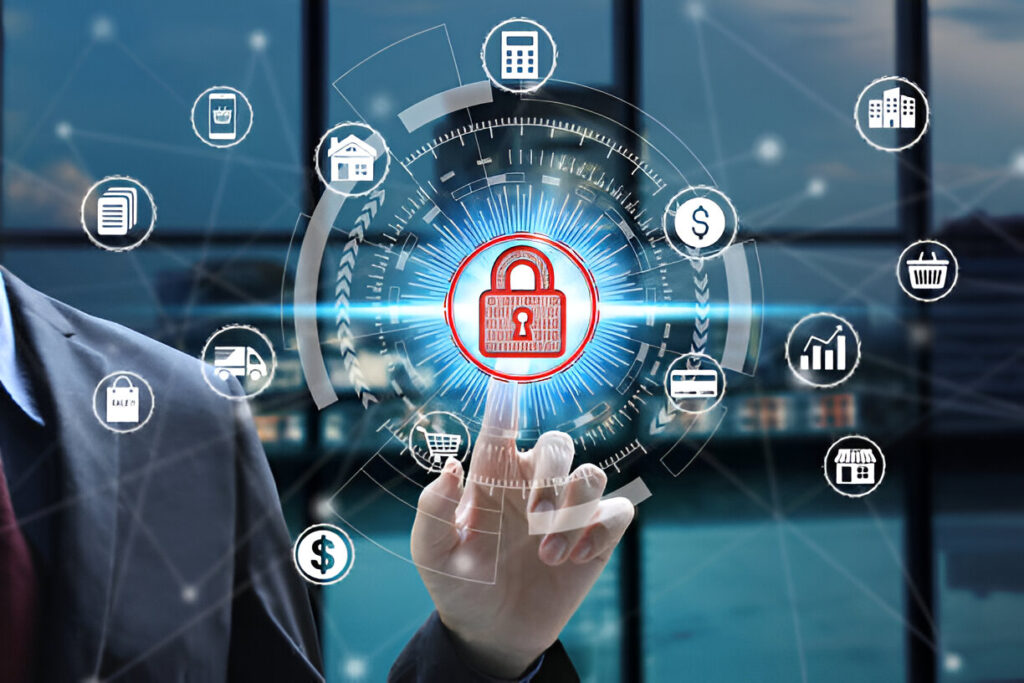How AI Is Changing Cybersecurity — For Better or Worse
Nishant
July 19, 2025

Introduction
We’re living through an AI revolution—no headlines needed to tell us that anymore. It’s in the way hospitals diagnose faster, how banks sniff out fraud before it hits, and even how factories now anticipate machine breakdowns before they happen. From frontline efficiency to boardroom strategy, artificial intelligence is reshaping everything.
But for all the promise, there’s a deeper, more silent undercurrent—one of vulnerability.
AI doesn’t just amplify productivity. It amplifies exposure. And in 2025, that tension between transformation and risk is the tightrope every business is walking.
Where Productivity Meets Exposure
AI’s ability to automate workflows, extract insights from chaos, and personalize customer interactions is no longer theoretical. It’s operational. According to recent industry analysis, the majority of organizations leveraging AI in day-to-day operations have already reported gains in productivity, with many seeing faster decision-making and lower operational friction.
But here’s the catch.
The more integrated AI becomes, the more it interlaces itself with sensitive data, customer insights, and backend systems. That means every AI-enabled endpoint becomes a new doorway—one that malicious actors are all too eager to jiggle.
Cyber Threats Aren’t Just Smarter. They’re Now AI-Powered
We’re witnessing a chilling irony: the same technology powering business breakthroughs is also supercharging cybercrime.
Deepfakes aren’t just sci-fi curiosities anymore. They’re tools in social engineering kits. AI-generated phishing emails aren’t filled with broken grammar and laughable scams—they’re polished, personalized, and terrifyingly convincing.
And it doesn’t stop there.
What used to be isolated malware is now coordinated, predictive, and self-evolving. Adversarial AI can now learn your defenses faster than your teams can patch them. The cyber battlefield has shifted—and it’s no longer one-sided.
The Hidden Threat: Your Own Team
One of the most overlooked threats in AI integration isn’t malicious outsiders—it’s well-meaning employees. Whether it’s pasting sensitive data into a public AI tool for quick analysis or misconfiguring an automated script, the margin for error is razor-thin.
The risks? Data leakage. IP theft. Compliance violations. The consequences of one unintentional exposure can spiral fast—and most companies aren’t prepared.
So, Where Do We Go From Here ?
AI can’t be rolled back. And frankly, it shouldn’t be. The value is undeniable. But what’s clear now is this: innovation has to come with intention. You don’t just need AI adoption—you need secure AI adoption.
Here’s what progressive organizations are doing differently in 2025:
1. Building a Culture of Cyber Accountability
Security isn’t just an IT function anymore—it’s everyone’s job. Smart companies are shifting left, embedding cybersecurity into every layer of operation. Recognition programs for secure behavior, real-time training, and phishing simulations are becoming standard.
AI Cyber Experts’ Security Awareness Training and Phishing Simulation Programs are specifically built for this—empowering teams without restricting them.
2. Limiting the Wild West of Public AI Tools
Yes, banning ChatGPT or open-source models is a knee-jerk reaction. It’s not about prohibition—it’s about policy. Educating employees, setting access controls, and implementing data masking can go a long way.
Services like Browser Isolation, Cloud Data Protection, and Zero Trust Architecture from AI Cyber Experts offer exactly that balance: enablement with security.
3. Using AI to Fight AI
Defensive AI is no longer optional. Real-time threat detection, anomaly pattern recognition, and predictive analytics are must-haves—not buzzwords.
AI Cyber Experts’ MXDR (Managed Extended Detection & Response) system integrates human oversight with AI-driven detection, giving businesses a fighting chance against sophisticated threats.
4. Getting Real About Governance
AI governance isn’t just about ethical use—it’s about survival. Companies are now developing AI risk matrices, enforcing strict data classification policies, and demanding third-party transparency from vendors.
Expert frameworks like Virtual CISO (vCISO) services are helping small and mid-sized companies implement enterprise-grade governance without the overhead.
AI: The Catalyst and the Cure
It’s tempting to treat AI as a shiny object—something to rush into to stay ahead of competitors. But true digital maturity in 2025 means slowing down just enough to build smart, secure systems. Not perfect ones—but resilient ones.
The organizations that will win this decade won’t just be the ones with the flashiest AI. They’ll be the ones with the best balance of speed and security. Agility and ethics. Innovation and integrity.
At AI Cyber Experts, we don’t just secure systems—we help businesses secure their future.
Want to explore secure AI adoption strategies for your MSP or SMB clients ?
From 24/7 SOC monitoring to Digital Marketing as a Service, we’re here to enable smart, scalable, and safe growth—without compromise.
👉 Let’s build smarter, together.
Have Any Question?
Contact us today for a free consultation and discover how we can help you secure, streamline, and empower your business for success!
Recent Posts
-
 How AI Is Changing Cybersecurity — For Better or Worse19 Jul 2025
How AI Is Changing Cybersecurity — For Better or Worse19 Jul 2025 -
 The 2025 Cybersecurity Blueprint for MSPs: From Strategy to Survival18 Jul 2025
The 2025 Cybersecurity Blueprint for MSPs: From Strategy to Survival18 Jul 2025 -
 Top MSP Cybersecurity Strategies for 2025 that you should know17 Jul 2025
Top MSP Cybersecurity Strategies for 2025 that you should know17 Jul 2025 -
 Threats, Challenges & Best Practices for MSP Cybersecurity in 202516 Jul 2025
Threats, Challenges & Best Practices for MSP Cybersecurity in 202516 Jul 2025
